Ely Ortiz, a Fallbrook farmworker, knows the dangers migrants face when they make the desert their path into the U.S. His brother died in 2009 when he illegally crossed into the U.S. through the Arizona desert.
His brother’s death led Ortiz to create the nonprofit Aguilas del Desierto, or Eagles of the Desert, a group of volunteers who search for dead or dying migrants in the desert along the U.S.-Mexico border.
Ortiz said he has found people who have walked barefoot for days, the heat having eaten the leather of their shoes and the skin on the bottoms of their feet.
“Nothing will stop migration,” said Ortiz, who lives legally in the U.S., having obtained permanent residency in 1990. “As long as there is a need, even if they build two or three walls, Mexicans and Central Americans are going to find the strength to find a better life, even if it means exposing their lives.”
Ortiz blames the wall for his brother’s death and the deaths of thousands more.
“It was a strategy,” Ortiz said. “They closed off the path and forced (migrants) into more dangerous areas. … The United States, with its policies, how many deaths has it caused?”
Today, the Rio Grande Valley in Texas is the most popular illegal entry point, with 46 percent of recorded apprehensions last year. Most experts agree the muddy banks of the Rio Grande and private property disputes will make the Texas border with Mexico among the most challenging to fence.
Trump has pointed to the success of the Israel-Egypt border wall as evidence that walls can be made largely impenetrable. Border walls can be strengthened with sensors and other surveillance technology — features America’s wall already has.
But Israel’s 150-mile southern border may not be comparable with the 1,954-mile U.S.-Mexico border, said Guillermo Alonso Meneses, a researcher at Mexico’s border research institute El Colegio de la Frontera Norte.
“Here, the border is so vast that the wall is always going to have vulnerabilities,” Alonso Meneses said.
But border security is an achievable goal, he said, just not through construction of physical barriers. Alonso Meneses envisions a more abstract barrier, one that’s built on economics. He said people would be less inclined to leave Mexico if they could be more prosperous and secure at home. Today, the minimum wage in Mexico is about $4 a day, in contrast to $7.25 or more an hour in the U.S.
“The message for Trump is, let’s save money on the wall and improve the economy in Mexico, and then most people won’t leave,” he said.
Other researchers agree.
“Saying ‘build a wall to provide for national security,’ is something that people accept as being a truth, when there’s no hard data to show that,” said Paul Ganster, a San Diego State University professor and social scientist who focuses on the U.S.-Mexico border. “It’s all perception. On the left and the right. You know, reality sometimes is not there. It’s just what people believe and what they feel.”
Border Wall By State. Of the 1,954-mile U.S.-Mexico border, Texas has the greatest share at 1,255 miles. However, it has about as many miles of the main wall as California and New Mexico.
Into the earth
With America’s building of today’s 653-mile wall, some drug smuggling and human trafficking shifted underground. Tunnels as deep as 90 feet evade expensive sensors as well as the eyes of Border Patrol agents. Data analysis by KPBS and inewsource shows more border fence construction at the turn of the millennium correlates with more illegal tunneling.
In 2005, four tunnels were found in the Border Patrol’s San Diego, El Centro and Tucson sectors. In 2006, 18 were detected. The increase coincided with the construction of 40 miles of fencing in the same sectors.
The discovery of tunnels remained in the double digits for the next few years, peaking in 2009 — the year after a record 295 miles of fencing were built during the Bush administration. More than three times as many tunnels were discovered that year than the entire 1990s.
Cartels build the tunnels, and when authorities in the U.S. and Mexico uncover them they often haul in millions of dollars in drugs. Even if the tunnels cost more than $1 million to dig, said Professor Shirk of the University of San Diego, “they can make that back on the first run.”
An inside look at the Galvez Tunnel, an illegally constructed smuggling tunnel uncovered in Otay Mesa near the Cross Border Xpress bridge that connects San Diego and Tijuana. (Jean Guerrero/KPBS)
Criminal organizations also are digging the tunnels deeper underground and making them smaller so they are harder to detect.
Tom Wainwright, author of “Narconomics: How To Run A Drug Cartel,” said the increasing sophistication of tunnels is in line with the cartels’ ways of doing business.
“The cartels are always trying to innovate and respond to challenges in exactly the same way that any other business does,” Wainwright said. “The message seems to be that whatever technology is used on the U.S. side, the cartels are going to counter with technology of their own.”
Existing tunnel-detection technology — from ground-penetrating radar to sensors that detect subtle shifts in microgravity — gets thrown off by surface noise, radio and electromagnetic interference, and heterogeneous geology along the U.S.-Mexico border.
“Right now, it’s lacking,” said Lance LeNoir, captain of the “tunnel rats,” Border Patrol’s five-person tunnel entry team.
The most reliable method of tunnel detection has been what LeNoir called “good, old-fashioned police work,” with officials pursuing leads from informants who notice suspicious jackhammer sounds, large piles of dirt or people coming and going at unusual hours.
Into the ocean
Illegal entries have even extended into the waters off the California coast.
“We’ve had people try to swim across, surf across, scuba dive, Jet Ski. There’s no end to the creativity of people trying to come here illegally,” said Wilson with the local Border Patrol agents union.
The number of migrants detained attempting to enter San Diego through the Pacific Ocean increased during the late 2000s, around the same time tunnels were peaking in popularity. In 2012, 2.7 percent of apprehensions in San Diego were in the ocean. That’s a significant increase from 2008, the oldest year for which data is available, when only about a tenth of a percent of apprehensions were in the Pacific.
Ev Meade, director of the Trans-Border Institute at the University of San Diego, said walling off more of the U.S.-Mexico border will push more human trafficking into the ocean, as well as into airports and ports of entry where people will use false identification documents or overstay their visas.
“The United States is a huge country with two giant … seaboards and lots of international airports. There’s no way to put a fence around all of those things,” Meade said.
Into the sky
Smuggling organizations have also started using drones to transport drugs across the fence. Wilson said he is aware of drones being used to conduct surveillance on other agents.
Drones can be bought for a few hundred dollars, while a kilo of cocaine transported on a drone can sell for tens of thousands of dollars in the United States.
“There is very little consequence or cost if it gets caught,” said Shirk of the University of San Diego. “(It’s) an enormous payoff.”
The first apprehension by Border Patrol agents in San Diego of drugs being transported by a drone occurred in August. It was carrying 13 pounds of methamphetamine.
Border Patrol agents had detected six drone incursions in the San Diego area before that but were unable to stop them.
Border wall’s history
So, how did the U.S.-Mexico border become such a complicated landscape of illegal crossings?
For more than a century following its creation in the 1848 Treaty of Guadalupe Hidalgo, the U.S.-Mexico border existed almost exclusively as a snaking line on paper. The only signs of it in the physical world were sections of barbed wire meant to stop Mexican cattle from grazing on American crops.
It was not until near the turn of the second millennium that the border began to be marked by a distinctive wall — thanks to three presidents, Democrats Clinton and Obama and Republican Bush. Combined, they are responsible for 97 percent of the wall.
Most of the current 653-mile wall began being built under Clinton, with his administration responsible for almost 34 miles of it. Bush ramped up the effort beginning in 2006, building almost 465 miles over the course of his presidency. Obama continued the construction, building 133 miles, though most of it came during 2009, his first year in office. Combined the three presidents also added almost 37 miles of secondary fencing.
The oldest still-standing section is estimated to have been built in San Diego in 1962 when Democrat John F. Kennedy was president. It is in what is now known as Friendship Park — a stretch of land where people in the U.S. can interact with people in Mexico through tightly woven steel mesh.
Clinton began the first modern ramp-up of border enforcement with Operation Hold-the-Line in El Paso and Operation Gatekeeper in San Diego.
“After years of neglect, this administration has taken a strong stand to stiffen the protections of our border,” Clinton declared in 1996.
His administration may have pioneered the use of what is known as secondary and tertiary fencing along the U.S.-Mexico border: layered fencing put into place to reinforce the primary fencing.
Nearly 24 miles of secondary fencing — 64 percent of all the secondary fencing that exists — was built under Clinton.
Border Fencing
Two main types of fencing comprise the U.S. wall with Mexico: pedestrian and vehicle. Those are then divided into more categories:
First came the Real ID Act of 2005, which gave the Homeland Security Department the authority to bypass environmental and cultural protection laws to build a border wall.
Then, in 2006, the Secure Fence Act called for hundreds of miles of two-layer fencing, including along eastern California, Arizona and eastern Texas. During the signing ceremony, Bush said the bill would “protect the American people.”
Bush called border security “a basic responsibility of a sovereign nation,” during a primetime TV address. In addition to the fencing, during his time in office he increased Border Patrol staffing 69 percent at the U.S.-Mexico border. The budget for the agency, adjusted for inflation, rose 62 percent during the same time period.
Obama continued Bush’s push for border security, deporting a record 3.1 million people in addition to building about 137 miles of fencing. During a 2011 speech in El Paso, he boasted that he had “strengthened border security beyond what many believed possible.”
When Obama mentioned his increase in the length of border fencing, some members of the audience booed and one yelled: “Tear it down!”
Today, if all the double- and triple-layer fencing were lined up end-to-end next to the primary fencing, America’s wall would be 704 miles. Of the 653 miles of the primary wall, about 119 miles are classified by Customs and Border Protection as temporary vehicle barriers. Most of those are in the El Paso, Tucson and El Centro Border Patrol sectors.
A glimpse of Trump’s wall
In recent years, some researchers and President Obama have seen the need to improve Latin American economies in an effort to curtail illegal immigration. As part of that, the Obama administration launched a $750 million initiative in 2016 to provide aid to the governments of El Salvador, Guatemala and Honduras.
The Trump administration plans to cut that assistance to Central America to $460 million, according to the proposed fiscal 2018 budget. His focus, instead, is on transforming the face of America’s wall.
Eight prototypes of what Trump’s wall might look like were completed in San Diego last month. They tower about 30 feet high — three times taller than the old primary fencing at the prototype site.
Now, the testing phase begins. Over the next couple of months, the administration will evaluate how difficult the prototypes are to climb, tunnel under and breach with cutting torches and other tools. The prototypes are supposed to be able to prevent digging up to six feet underground.
Each prototype looks different: one is silver, another is blue and gray, several are beige. Some are solid concrete. Others have metal bars spaced closely together. One is topped with razor wire.
As he unveiled the prototypes in San Diego’s Otay Mesa, Ron Vitiello, the Customs and Border Protection’s acting deputy commissioner, said: “My biggest impression is how big they are.”


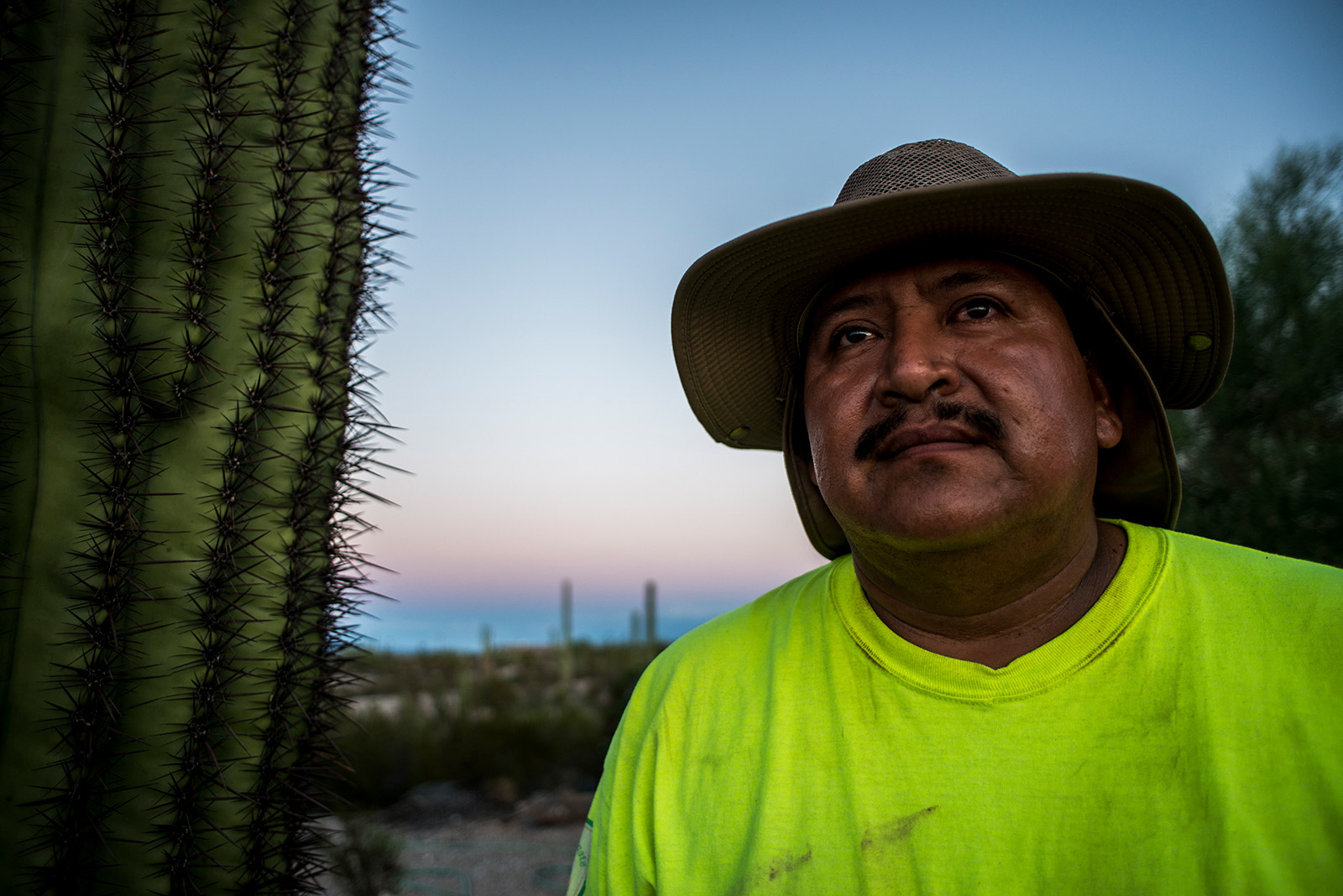
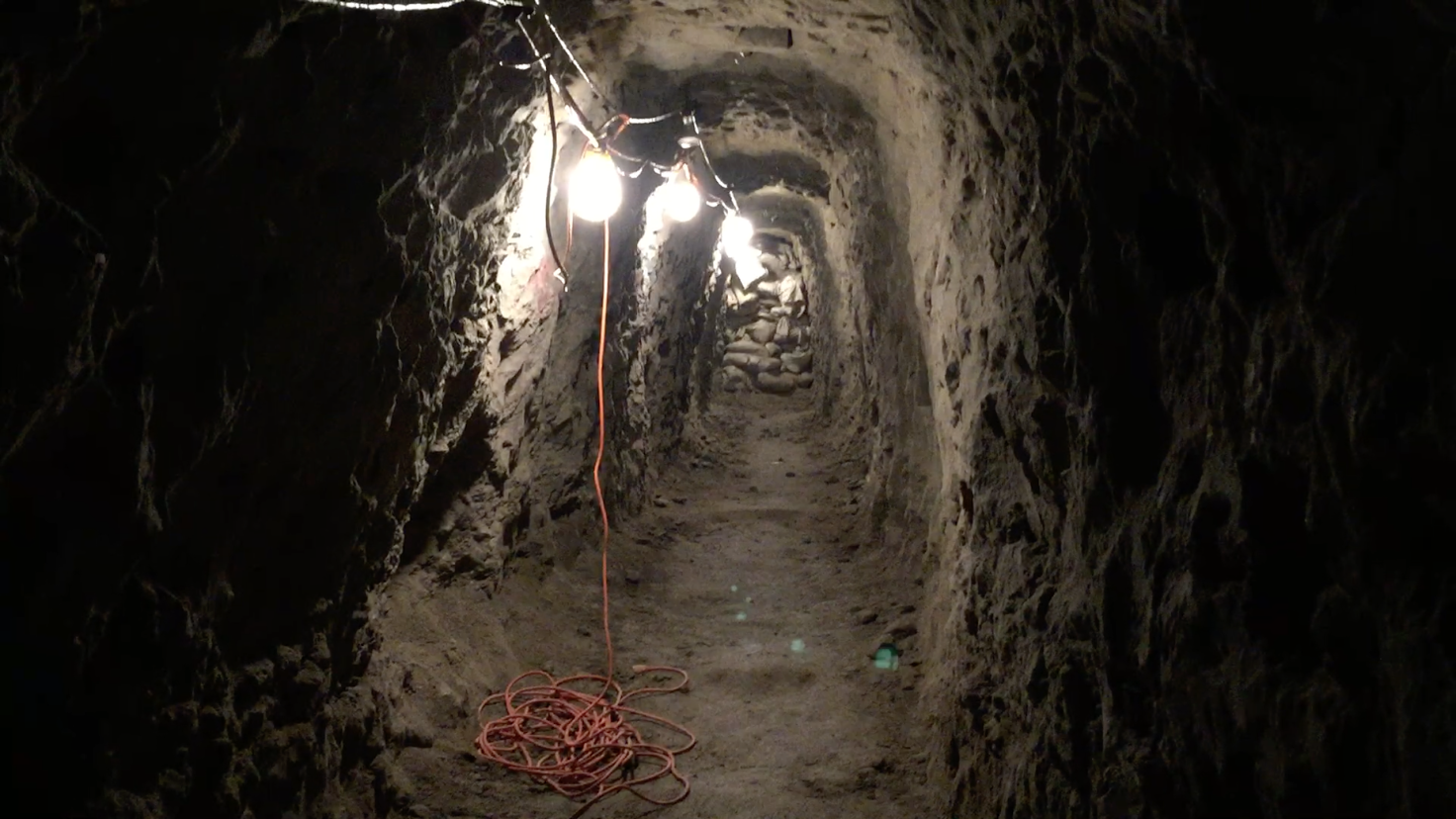
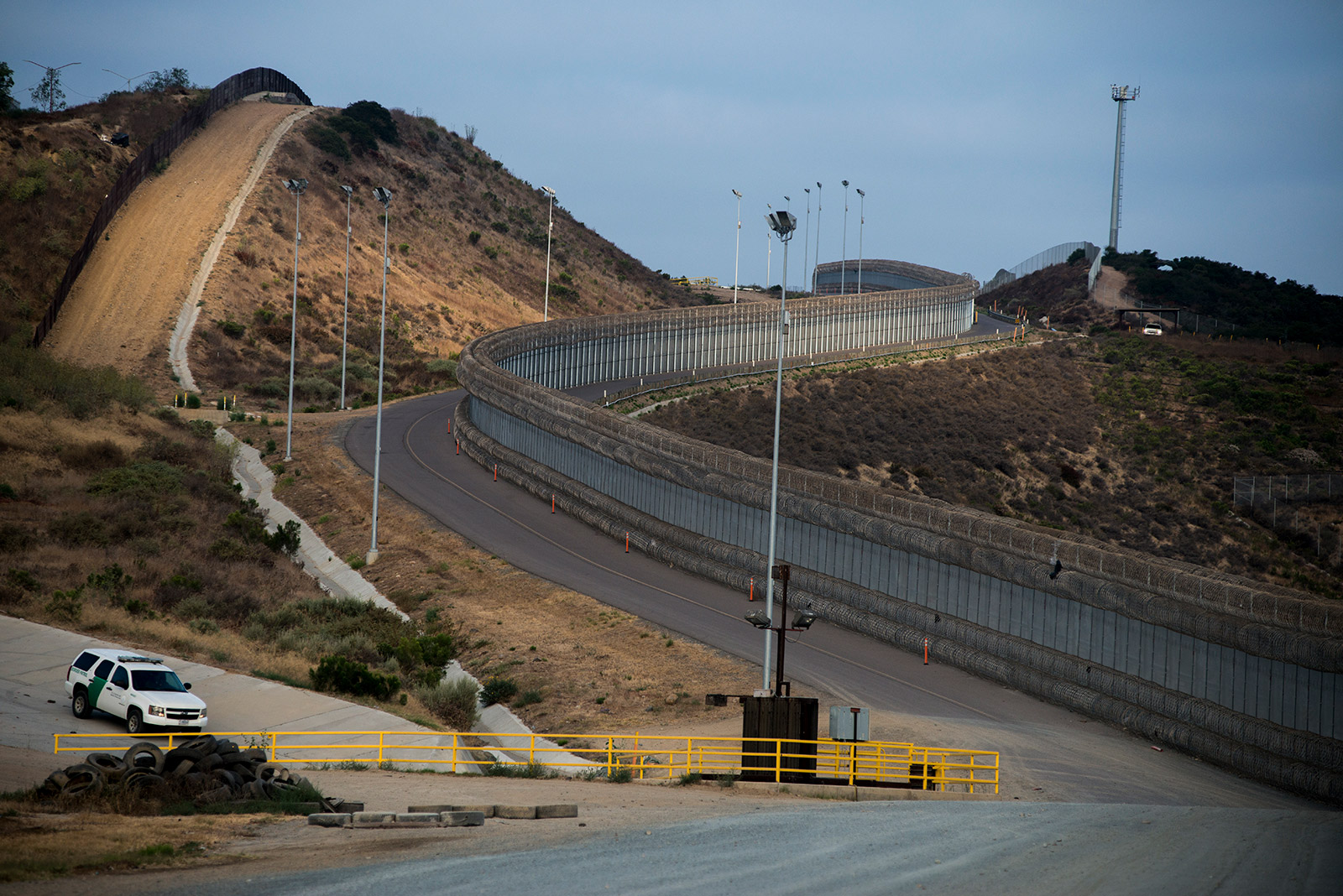
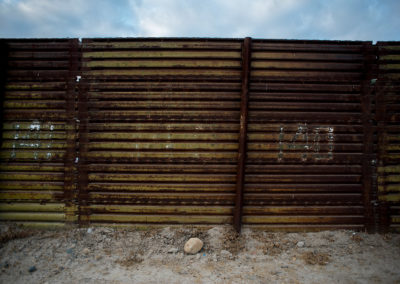
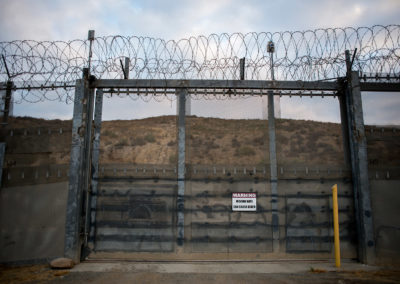
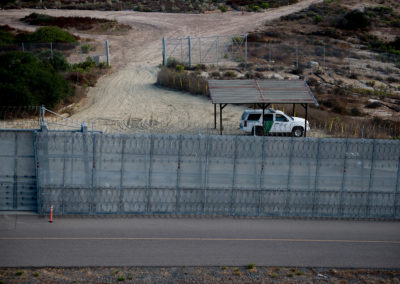
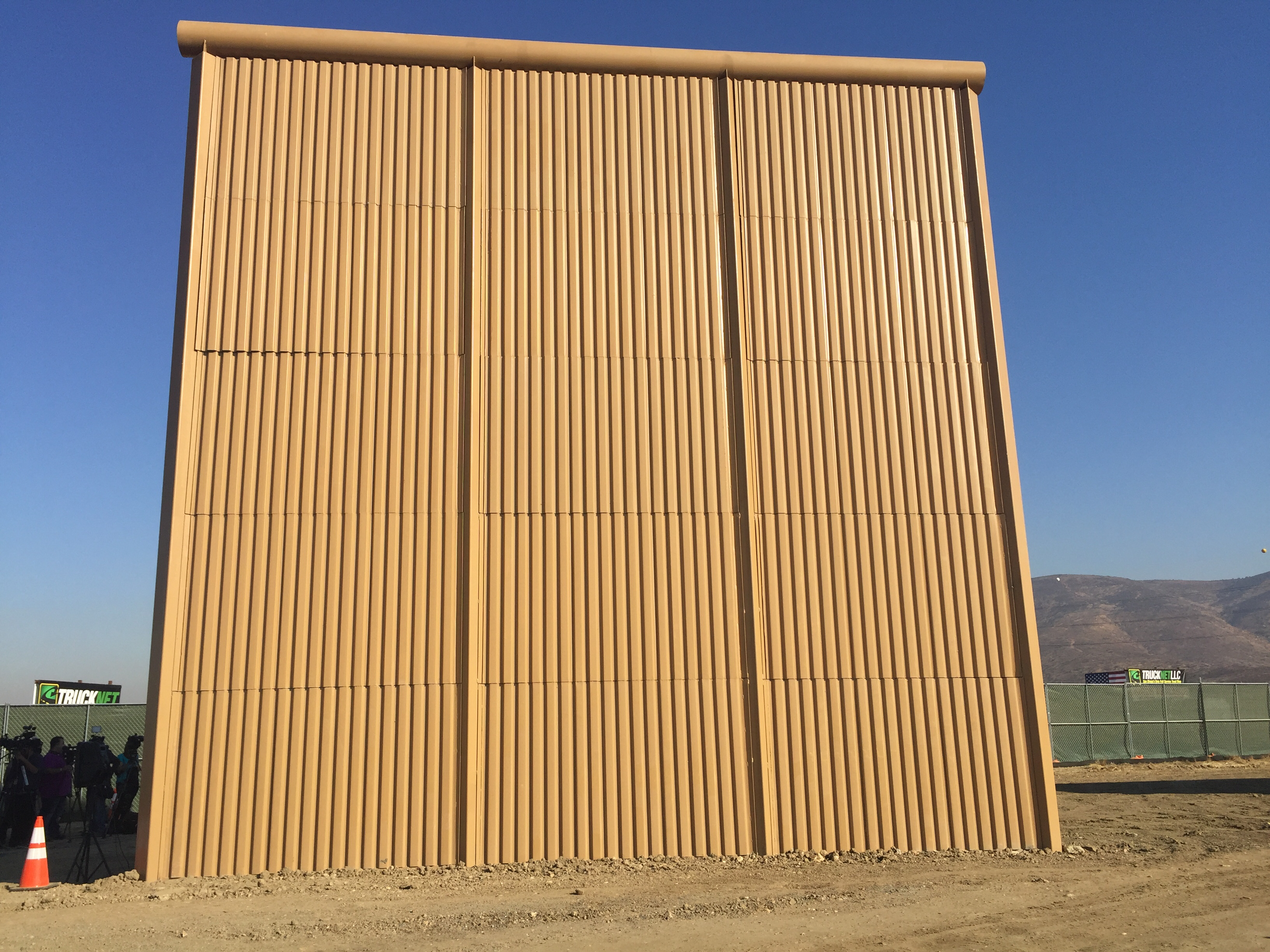
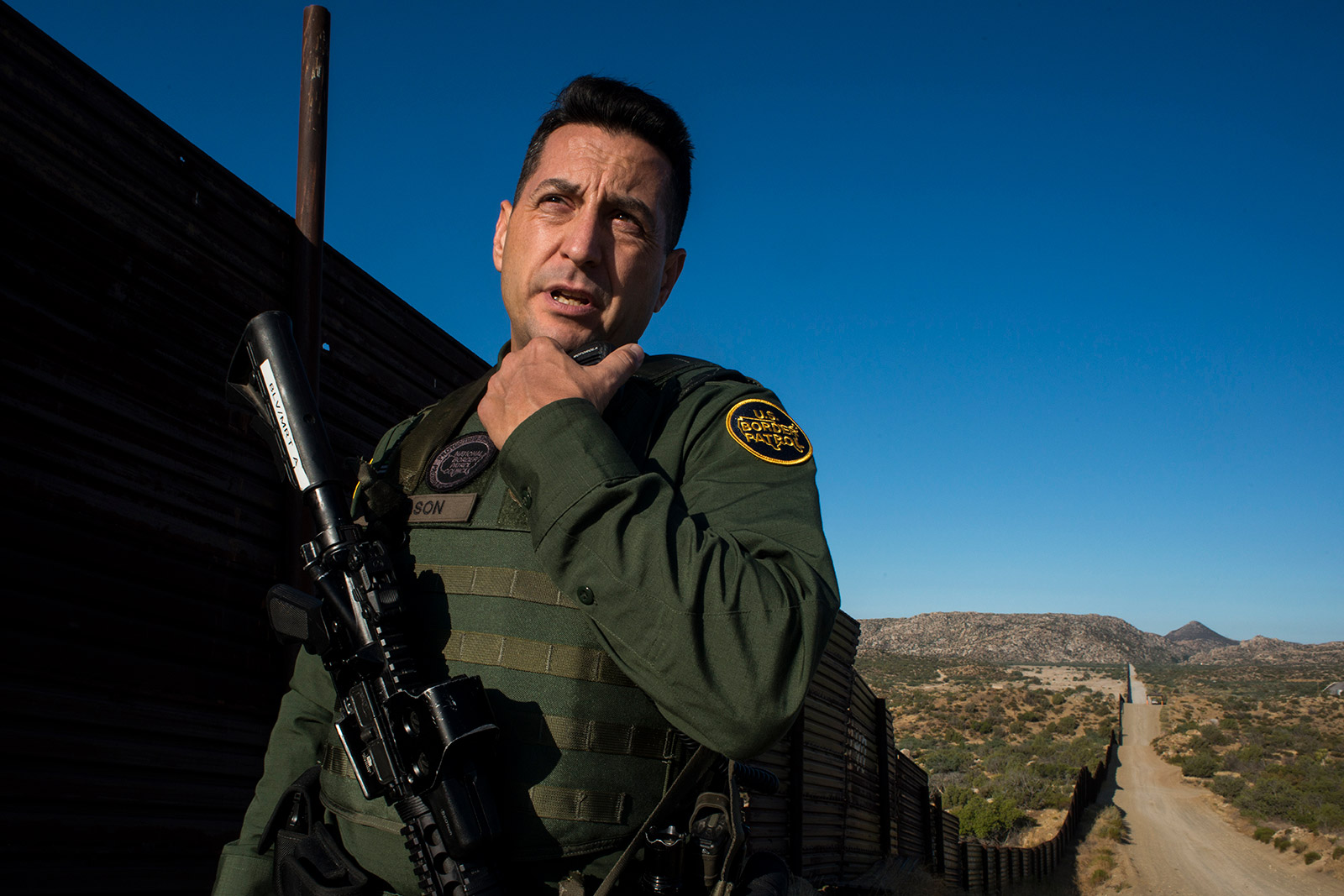
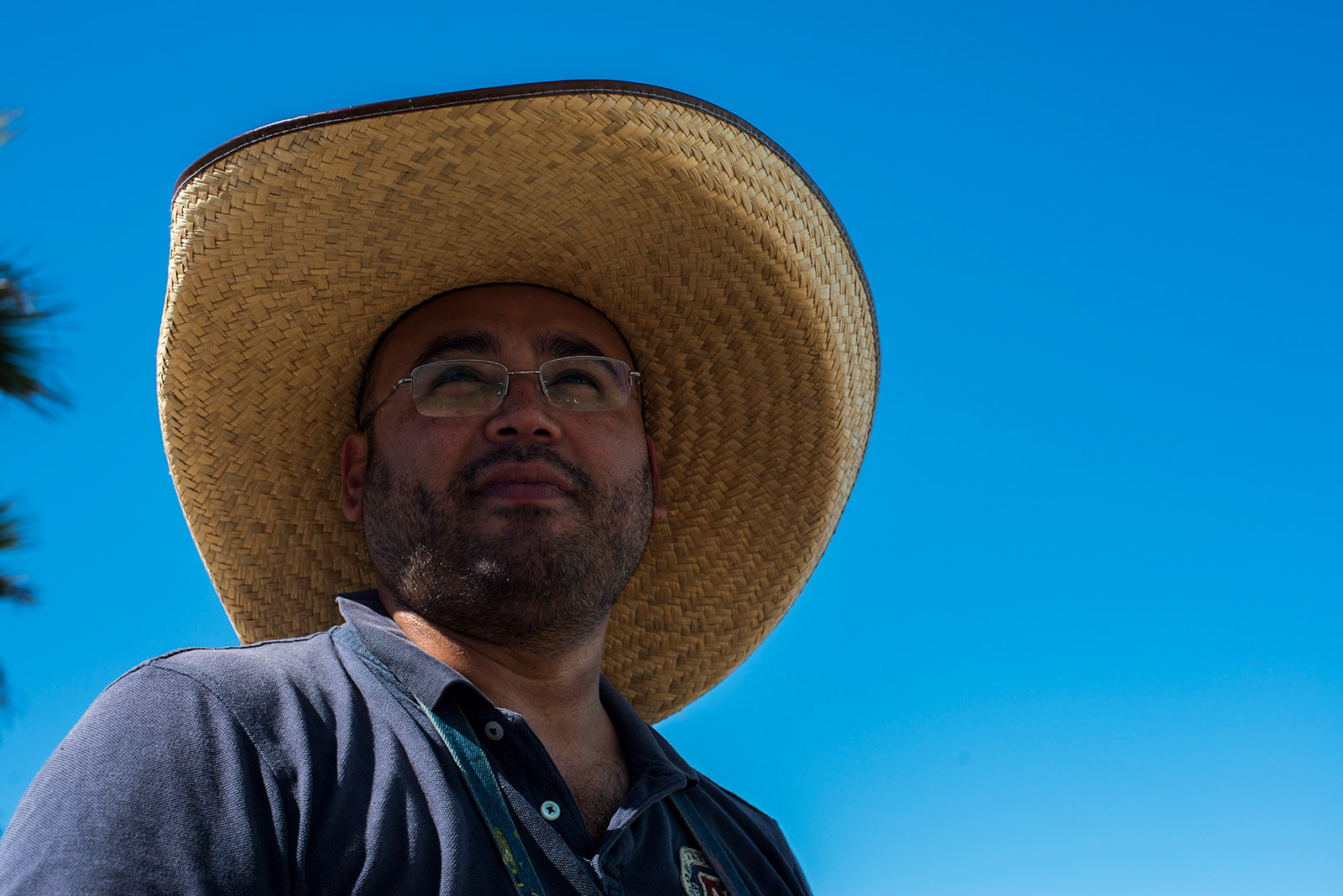
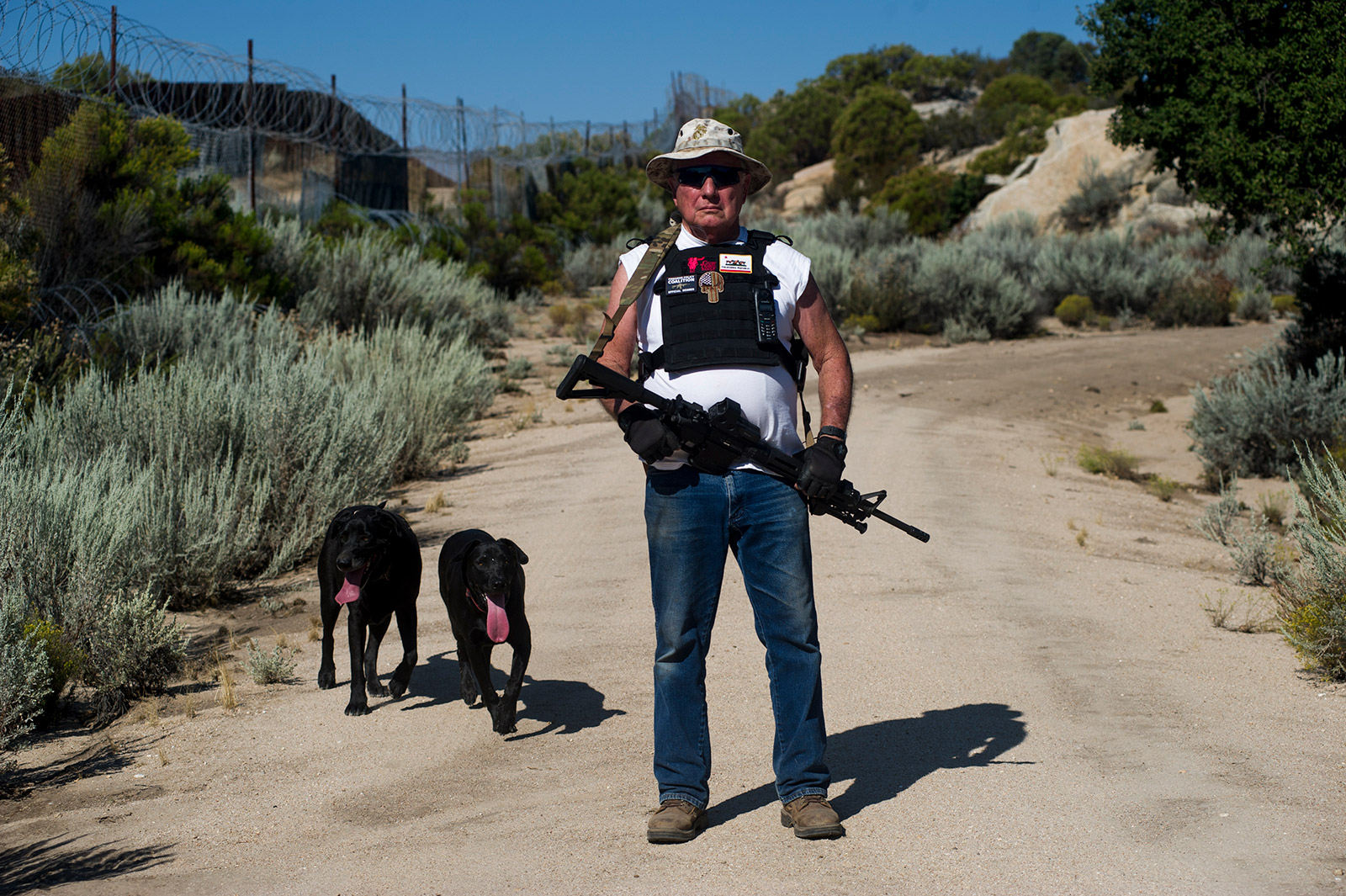




Be the first to comment on "America’s Wall: Decades-long struggle to secure U.S.-Mexico border"